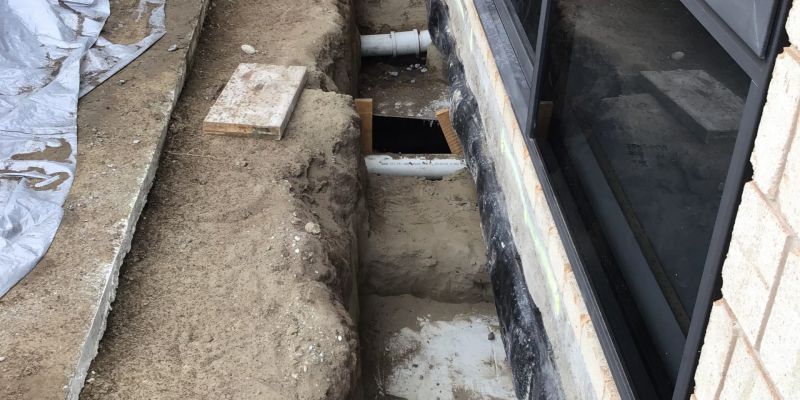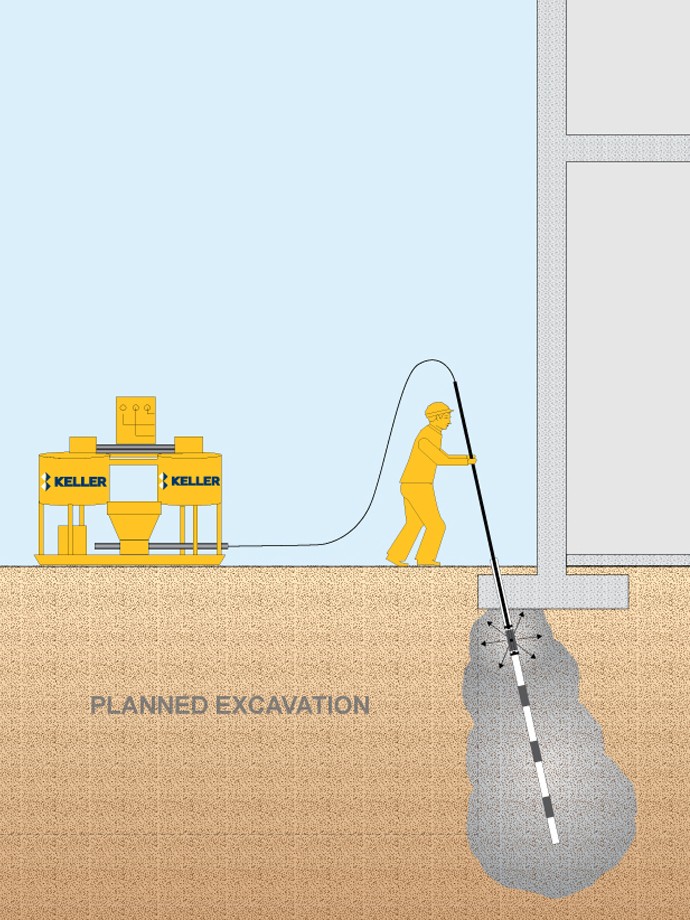Common Approaches to Slab Foundations Re-levelling
Common Approaches to Slab Foundations Re-levelling
While each circumstance that a house may be unique and require a specialized repair method, the following approaches speak in general terms on how to re-level slab foundations.
With any type of foundation re-levelling, a plan or layout is required to identify the particular area to re-level. It is beneficial to also check and incorporate the bearing capacity of the ground, particularly if under-pinning method is involved in the plan (this can be done using the Scala Penetrometer testing which we will discuss in a further article). The plan should be provided by your structural engineer.
Here are the three common approaches to choose from (we would love to hear your comments of which one you prefer and why):
Option 1 – Localised under-pinning method

| This is widely used in the Canterbury region to re-level an earthquake damaged house due to its ease of construction and simple equipment requirement. The re-levelling can be done by excavating lifting points along the perimeter foundation of approximately 2m in spacing. Further, core holes in the internal parts of the house, forming a grid pattern covering the whole house and drilled. Bottled jacks or hydraulic controlled jacks are then installed under the foundation which is progressively raised. Once the designated floor level is achieved, the DPM will be reinstated, voids and excavated points are then filled with flowable grout that will stabilised the soil underneath. |

Option 2 – Lifting beam
| In my opinion that this is the fastest method to implement. This approach can be achieved by installing a steel beam bolted to the slab, which is supported by hydraulic lifts at each end. The beam can then be lifted gradually using precision controlled hydraulic lifting equipment. Similar to option 1, the spaces or voids created between the slab and existing ground can be filled with flowable grout that will stabilised the soil underneath. |

Option 3 – Grout injection
The last approach is grout injection under the slab. The results in both stabilisation of the soil as well as the re-leveling of the slab at the same time. This is achieved by injecting resin at multiple injection ports around the house. This approach has the advantage of being non-invasive, allowing the owners to avoid emptying the house while performing the re-levelling.


Regardless of the re-levelling approach used, it is important to engage a specialist contractor to carry out the work to avoid potential issues in the future. It is also recommended to engage a structural engineer to develop a repair plan which meets all Council and Building Code requirements as well as to carry out regular observation of the on-site construction. This way, you will have peace of mind that your house is repaired to the highest standard, you have the complete documentation and are able to secure home insurance.
Fil Engineers have carried a significant number of successful re-levelling jobs and have established excellent relationships with the Councils and the home construction industry across Canterbury.

